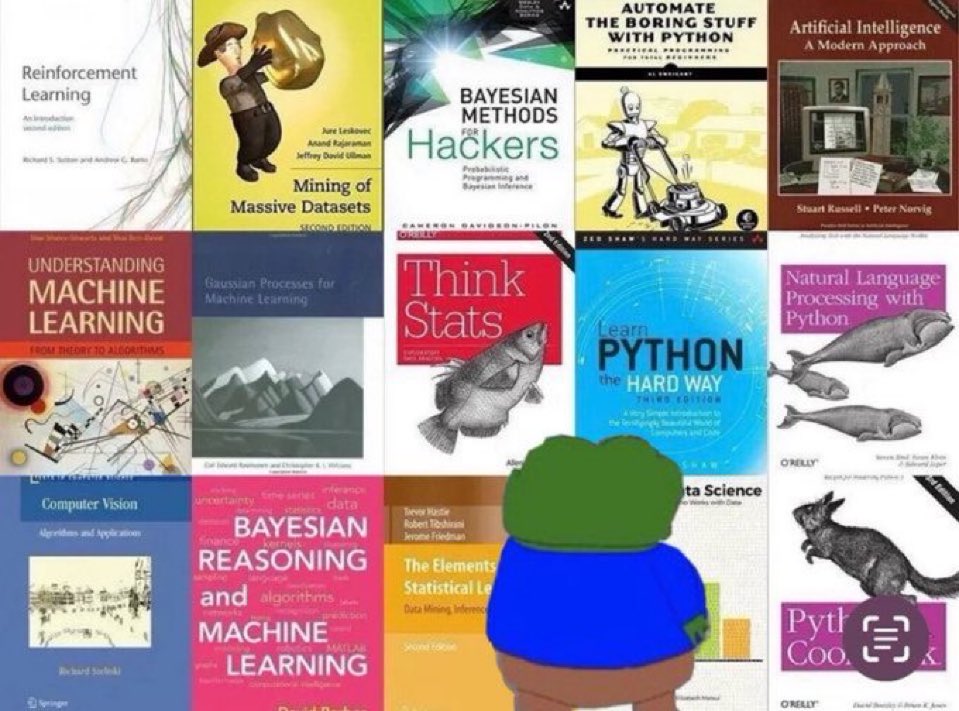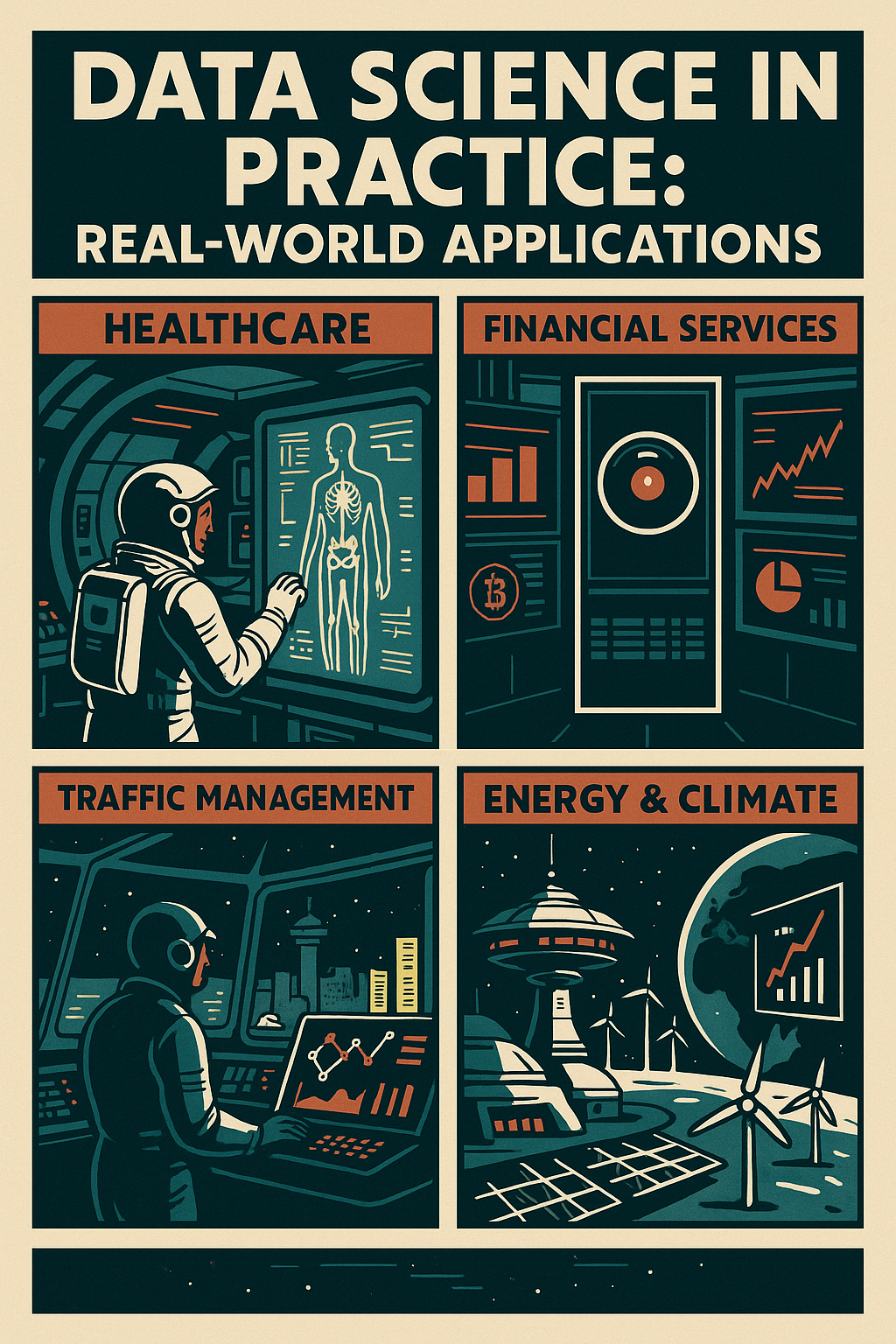
Machine Learning for Predictive Analytics
Predictive analytics has emerged as one of the most valuable applications of machine learning in business. By analyzing historical data and identifying patterns, machine learning models can make predictions about future events, trends, and behaviors with remarkable accuracy.
In my work at Prayas Entertainment, I developed predictive models that improved financial forecasting and customer segmentation. These models analyzed historical sales data, customer behavior, and market trends to predict future revenue and identify high-value customer segments.
The key to effective predictive analytics is not just in the sophistication of the machine learning algorithms, but in the quality and relevance of the data used to train them. This requires a deep understanding of the business context and the factors that influence the outcomes you're trying to predict.
For example, when developing a model to predict customer churn, it's important to consider not just customer demographics and purchase history, but also factors like customer service interactions, product usage patterns, and competitive offerings.
One of the most powerful aspects of machine learning for predictive analytics is its ability to identify non-linear relationships and complex patterns that might not be apparent through traditional statistical analysis. This can lead to insights and predictions that would be difficult or impossible to achieve through other means.
At UW Transportation Services, we used machine learning to analyze parking transaction data and predict parking demand based on factors like time of day, day of week, weather conditions, and campus events. This allowed for more efficient resource allocation and improved the parking experience for users.
Another interesting application of predictive analytics is in financial risk assessment. For the MSBA Financial Group project, we developed a machine learning model that could predict bankruptcy risk with 99.19% accuracy. This model analyzed financial statements, market conditions, and other relevant data to identify companies at risk of financial distress.
The future of predictive analytics is even more exciting, with advancements in deep learning and reinforcement learning opening up new possibilities for more accurate and sophisticated predictions. These technologies are particularly valuable for analyzing unstructured data like text, images, and video, which contain rich information that traditional analytics methods struggle to capture.
For businesses looking to leverage predictive analytics, it's important to start with a clear understanding of the business problem you're trying to solve and the data you have available. From there, you can develop a strategy for data collection, preprocessing, model development, and validation that will lead to actionable insights and predictions.
As with any powerful tool, it's important to use predictive analytics responsibly and ethically. This means being transparent about how predictions are made, ensuring that models are fair and unbiased, and using predictions to augment human decision-making rather than replace it entirely.

